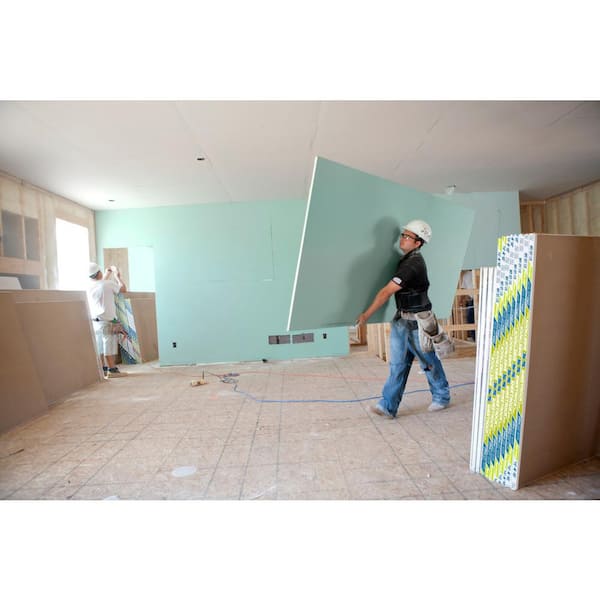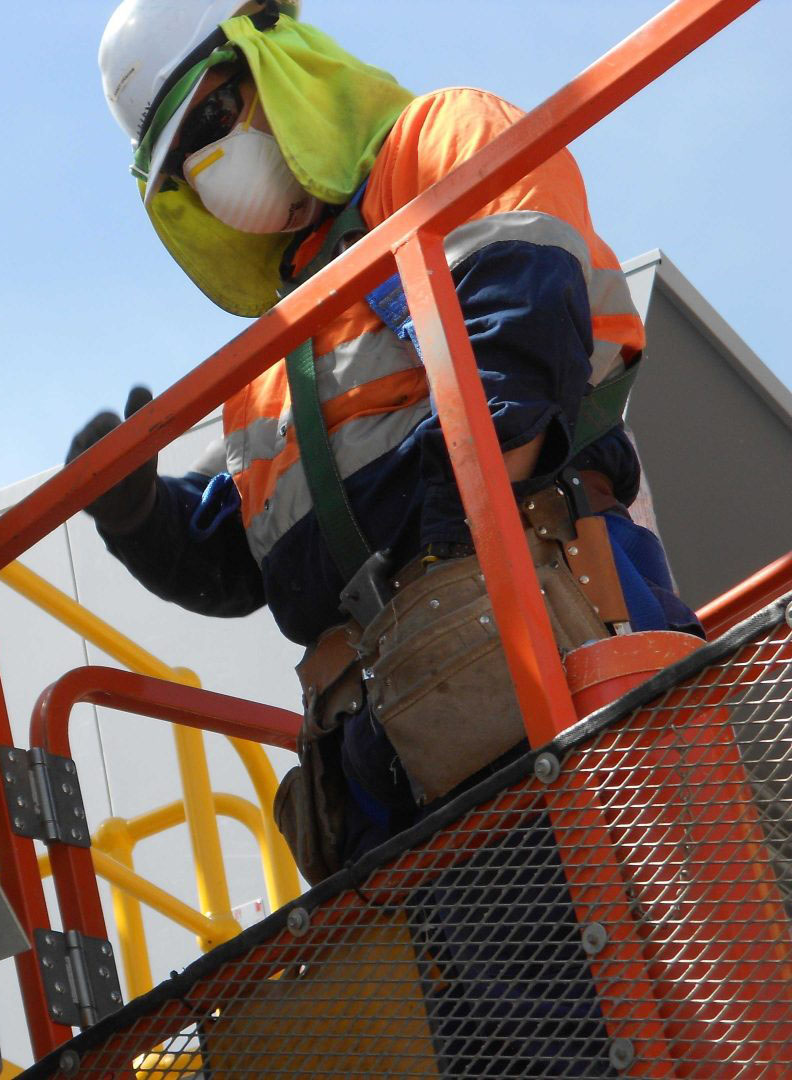Mortar, a vital component in construction, plays a crucial role in ensuring the stability and durability of various structures. However, achieving the perfect mortar mix is not as simple as it may seem. In this blog post, we will delve into the intricacies of mortar mixing and explore the best practices to achieve optimal results. Whether you are a professional builder or a DIY enthusiast, this guide will equip you with the knowledge to create mortar that stands the test of time.
- Understanding the Composition of Mortar:
Mortar consists of three primary components: cementitious materials, aggregates, and water. Cementitious materials, such as Portland cement, provide the binding properties, while aggregates, such as sand, add strength and stability. Water acts as a catalyst for the chemical reaction that leads to the hardening of the mortar. - The Importance of Proper Mixing:
Achieving the desired mortar consistency is crucial for its performance. Proper mixing ensures uniform distribution of the ingredients, resulting in a homogenous mixture with optimal workability and strength. Inadequate mixing can lead to weak mortar, reduced bond strength, and compromised structural integrity. - Mixing Techniques:
a. Hand Mixing:
Hand mixing is suitable for small-scale projects or when access to mechanical mixers is limited. To achieve the best results, follow these steps:
- Start by adding the required amount of water to the mixing container.
- Gradually introduce the cementitious materials while continuously stirring.
- Add the aggregates and continue mixing until a consistent paste-like consistency is achieved.
- Avoid adding excess water, as it can weaken the mortar.
b. Mechanical Mixing:
Mechanical mixers are commonly used for larger projects due to their efficiency and ability to produce consistent results. Follow these guidelines for optimal mixing:
- Pre-wet the mixer to prevent mortar from sticking to the drum.
- Add water first, followed by cementitious materials and aggregates.
- Allow the mixer to run for the recommended duration to ensure thorough mixing.
- Regularly check the mortar's consistency and adjust water content if necessary.
- Factors Affecting Mixing:
a. Proportions: The ratio of cementitious materials to aggregates significantly impacts mortar quality. Follow industry standards and consult mix design guidelines for the desired strength and workability.
b. Mixing Time: Insufficient mixing time can result in inadequate hydration, while excessive mixing can lead to air entrapment and reduced strength. Follow manufacturer recommendations for optimal mixing duration.
c. Mixing Speed: High-speed mixing can introduce excess air, affecting mortar performance. Maintain a moderate mixing speed to minimize air entrapment.
Conclusion:
Achieving the perfect mortar mix is a critical aspect of construction. By understanding the composition, importance of proper mixing, and employing suitable techniques, you can ensure the durability and strength of your structures. Whether you opt for hand mixing or utilize mechanical mixers, following the recommended guidelines will help you achieve optimal results. Remember, a well-mixed mortar is the foundation for a successful construction project.


